Vegetable Lists
-
Intercropping of lettuce, ginger, watermelon and green vegetables
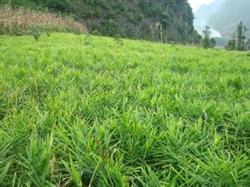
1. Topdressing: generally 2~3 times, the first time in mid-June, mu fertilizer 1000 kg plus 15 kg urea in the row, covered with thin soil. The second time in mid-July after the ginger, mu application of decomposed rapeseed cake 150 kg or compound fertilizer 30 kg; the third time in early September after the collapse of the shed and then apply a human manure, in case of defertigation.
2018-09-15 -
Cultivation techniques of interplanting Maize with Ginger
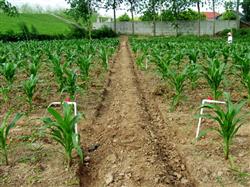
Ginger belongs to shade-tolerant crops, and high temperature and strong light are disadvantageous to its growth. interplanting high-stem crops in ginger fields can make full use of the three-dimensional space of high and low crops, provide shading for ginger, improve the utilization rate of light energy, and improve the utilization rate of land. increase yield per unit area. It does not affect the output and quality of ginger.
2018-09-15 -
High-yield cultivation techniques of interplanting watermelon with ginger
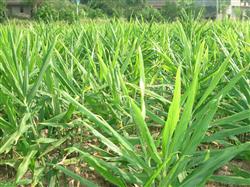
When planting ginger, heavy application of base fertilizer and application of phosphorus and potassium fertilizer should avoid applying more nitrogen fertilizer. Apply sufficient base fertilizer, mainly organic fertilizer, long-term and short-acting chemical fertilizer. Base fertilizer generally accounts for 40% of the total fertilizer application. Before sowing, 15 kg of imported compound fertilizer and 50 kg of calcium magnesium phosphate fertilizer can be used as deep base fertilizer per mu. Use high-quality soil and miscellaneous fertilizer after sowing.
2018-09-15 -
Techniques for reducing tomato hollows
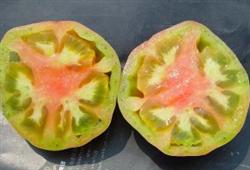
Tomato hollow fruit refers to the tomato with a gap between the flesh and the fruit cavity. The light degree hollow fruit still has low commodity value, and the heavy degree has no commodity value. Therefore, vegetable farmers should pay attention to reducing the occurrence of tomato hollow fruit. The flower bud is easy to drop seedlings, the general root development is poor, the number of roots is also...
2018-09-15 -
Techniques for preventing overgrowth of Tomato in greenhouse
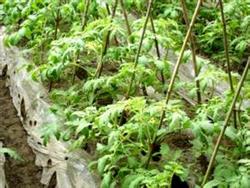
The main reasons for the phenomenon of growing seedlings and stiff seedlings in greenhouse tomato planting are lack of light, too high temperature and too much moisture. There is more harm after the seedlings grow or are stiff. The flower bud differentiation of growing seedlings is late, there are many fallen flowers, and the survival rate is low, which will greatly reduce the yield, but can not achieve precocious maturity. Measures to prevent seedlings from growing, Lord.
2018-09-15 -
Irrigation Management Technology of Tomato planting
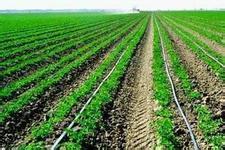
After the tomato seedlings are squatted (the first fruit is about the size of a walnut), the tomato is watered with 3 murmur4 water during the whole growth period. Generally, the seedlings are watered once at the seedling stage, and the water is controlled until the first ear expands to the straight stem of the young fruit at 2Mui 4cm. After that, depending on the moisture content of the seedling, it is irrigated every 15 days, and irrigated for 4 times during the whole growth period, each time.
2018-09-15 -
Tomato late blight
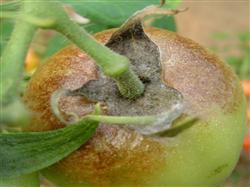
Tomato late blight, which is called persimmon blight by vegetable farmers, is a destructive disease of tomato. -symptom recognition can occur in both seedling and adult stage. When the seedlings fell ill, the leaves appeared dark green flooding spots, which quickly expanded to the petiole and stem, making it thinner and dark brown, causing the whole plant to wilt or fold. When the humidity is high, the disease department.
2018-09-15 -
Coping techniques of Tomato Fruit cracking
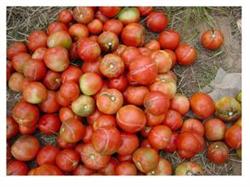
First, strengthen the management of water and fertilizer. The root system of the plant grew well by ploughing the soil deeply and applying more organic fertilizer. When the temperature of tomato falls sharply after autumn, we should pay more attention to the management of soil moisture to avoid the rapid change of soil moisture. When cultivating in open field, we should water more at ordinary times to avoid drastic changes in soil moisture when it rains suddenly, and drain it in time after rain.
2018-09-15 -
Pay attention to temperature and Light Control Technology of Tomato in Winter
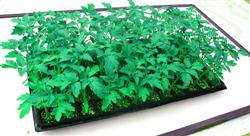
Due to the low temperature, overcast and rainy weather, low temperature and high humidity, tomato seedling cultivation in spring often leads to the occurrence of seedling diseases such as quenching disease, which leads to seedling failure. Therefore, the place with loose soil, fertile soil, sunny terrain, no stagnant water and no eggplant crops within 2 years should be selected as the seedbed. Generally choose cloudy or sunny days.
2018-09-15 -
How to store tomatoes in winter
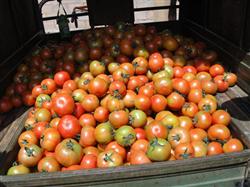
The key to tomato storage in winter is heat preservation. The tomato used for winter storage is the green ripe fruit harvested from the plastic greenhouse cultivated after autumn. The green ripening tomato is most afraid of low temperature. If the tomato is stored below 8 ℃ for a long time, the fruit will suffer frost damage, the surface will appear watery spot sinking, browning, and the fruit pedicel will become light brown.
2018-09-15 -
Management techniques of Tomato after Frost injury in greenhouse
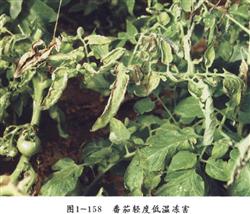
The cultivation of tomato in greenhouse often leads to different degrees of freezing injury due to abnormal weather changes. In those who were lightly frozen, the growth stagnated and the plants yellowed. After individual restoration of growth, the plants were short, the leaves were small, the nodes were short, the flower topping appeared, the yield was low and the quality decreased. For those who are frozen, if they are not remedied in time, they will not be able to grow and wither.
2018-09-15 -
Efficient multiple cropping of lettuce, muskmelon and garlic in greenhouse
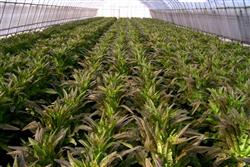
In the multiple cropping mode of lettuce, muskmelon and green garlic in the greenhouse, lettuce was sown and raised in mid-late September, transplanting in late October and harvested in mid-March; thick-skinned muskmelon was sown in late February, planted in late March, harvested at the end of June and early July; green garlic was sown in late July and harvested in mid-late October. The yield of lettuce is 4500 to 500 per mu.
2018-09-15 -
Techniques of organic ecotype soilless cultivation of tomato
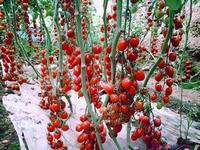
High-yielding cultivation of small tomatoes-1. requirements for environmental conditions-small tomatoes have the characteristics of temperature, light, fertilizer tolerance and semi-drought tolerance. In the spring and autumn climate, when the climate is warm, the light is strong and there is little rain, the cultivation yield is also high. -1. Temperature requirements: seed germination temperature 28-30 ℃, minimum germination temperature 12 ℃, seedlings suitable for daytime.
2018-09-15 -
Techniques for preventing physiological Diseases of Autumn Tomato
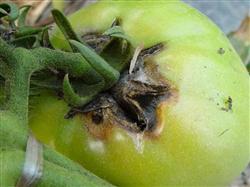
Early blight: after the onset of the disease, there are concentric wheel striated disease spots on the leaf surface, dark brown, watery. Before and after the attack, 70% mancozeb wettable powder 500 times diluent, or 75% chlorothalonil wettable powder 400 times diluent spray, once every 7 days, 3 times continuously for 4 times.
2018-09-15 -
The effect of early control of autumn tomato diseases and insect pests is good: leaf mildew
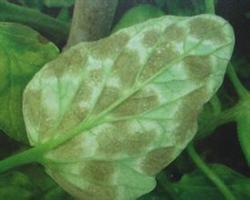
Early blight: after the onset of the disease, there are concentric wheel striated disease spots on the leaf surface, dark brown, watery. Before and after the attack, 70% mancozeb wettable powder 500 times diluent, or 75% chlorothalonil wettable powder 400 times diluent spray, once every 7 days, 3 times continuously for 4 times.
2018-09-15 -
Early prevention and control of autumn tomato diseases and insect pests: Botrytis cinerea
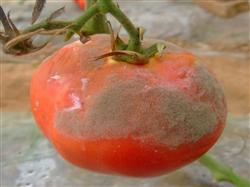
Botrytis cinerea: 0.1% of 50% Sukeling wettable powder or 50% prohydantoin wettable powder can be added to the anther solution during flowering, and the effect is very good. The fruit can also be sprayed, but attention should be paid to the rotation of drugs to prevent bacteria from producing drug resistance. You can also use more than 50% grams of dust, spraying 1 kg per mu.
2018-09-15 -
The effect of early control of autumn tomato diseases and insect pests is good: virus disease.
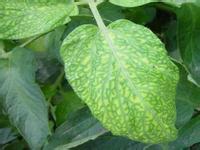
Virus disease: 20% virus A wettable powder 500x diluent or potassium permanganate 1000 times dilution can be sprayed at the initial stage of the disease, once every 7 days, 2 times continuously.
2018-09-15 -
The effect of early control of autumn tomato diseases and insect pests is good: spot blight
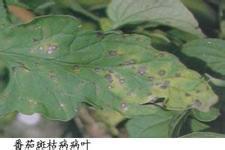
Spot blight: at the initial stage of the disease, 70% mancozeb wettable powder 500 times diluent or 50% carbendazim wettable powder 500 times diluent can be sprayed once every 7 days for 3 times 4 times.
2018-09-15 -
Application technique of topdressing for lettuce
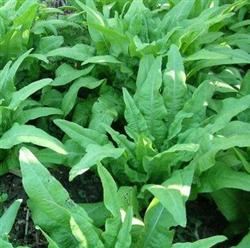
Lettuce was topdressing for 3 times during the whole growth period. The first topdressing was carried out 15 days after slow seedling, and 12 kg urea was applied every 667 square meters (1 mu) to promote seedling growth and sturdiness, and the second topdressing was carried out at the initial stage of heading. The third topdressing was carried out in the middle of heading, which made the leaf bulb full and enlarged. Every 667 square meters at a time.
2018-09-15 -
When the flower stem of lettuce expands, it provides sufficient nutrients.
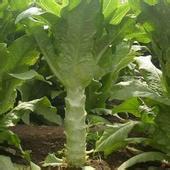
Lettuce Compositae, lettuce, annual or biennial herbs. Lettuce can be divided into two types: leaf and stem. Leaf lettuce is also known as lettuce, stem lettuce is also known as lettuce, asparagus. The flesh of lettuce is tender, and the stem can be eaten raw, salted, fried, dried or pickled. Lettuce mainly eats leaves or leaf balls, and lettuce stems and leaves contain lettuce.
2018-09-15
